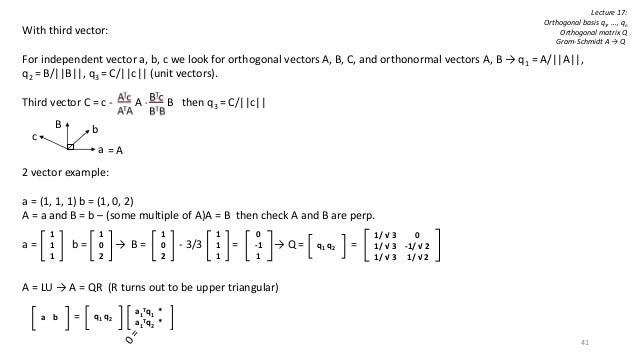2x2 Cll Algorithms Pdf Free
Orientation of the Last Layer These are the 57 orientation cases for the last layer and the algorithms I use for them. These algorithms appear EXACTLY as I perform them when I am solving the last layer, in speedcubing notation with rotations included in the algorithm. It should be noted that these are the algorithms that I find easiest to perform. However, you may find other algorithms better-suited for your own hands, so it is recommended to try many different algorithms for the same situation to find which one works best for your own style of cubing. In each diagram, yellow is the color of the upper face. A yellow 'bar' indicates that the last layer color is facing that direction in that location.
I know Anthony(speedcubing101.com) has really good cll algs for 2x2, but none that I can find in any place have them available for download on your computer, in a pdf file or other. Algorithm can speed up the DCT and quantization process by close to a. LENGWEHASATIT AND ORTEGA: SCALABLE VARIABLE COMPLEXITY. Ous work [1] in which we propose a multiplication-free approximate DCT algorithm. 8x8 DCT block to i) all-zero, ii) DC-only, iii)3 low-2x2, iv) low-4x4, and v) full-DCT.
Grey denotes that a particular piece is not oriented correctly. If you'd like to know how I recognize OLLs, check out my. For a printable page of these algorithms, visit my. Please note that you will need Adobe Reader to access and print the printable page. Jump to: # Diagram Algorithm Comments 28 (M' U M) U2 (M' U M) The middle slices should be done with the left ring finger for M' and the left thumb for M.
The (M' U M) group may take some getting used to. 57 (R U R' U') (M' U R U') Rw' There's nothing too fancy here. Generator fix proshivki samsung clp360. The finger tricks used are pretty common.
I do the slice turn as M' now because I think it's a little faster that way. 20 Rw' (R U) (R U R' U' Rw2) (R2' U) (R U') Rw' Here, I use the slice as (Rw' R) because it flows a little nicer.
This is the least common OLL case (1/216). The finger tricks here are pretty simple. For most of these cases, I instead use some cases, which orients AND permutes the corners, so 1/12 of the time you will be left with a solved cube and the other 11/12 of the time you will be left with an easy (fast) cycle of edges. # Diagram Algorithm Comments 23 (R2' D) (R' U2) (R D') (R' U2 R') This is one of the most awkward OLLs with all correctly flipped edges. It's still pretty fast, though. 24 (Lw' U') (L U) (R U') (Rw' F) This one is pretty fast. The only problem is that you have to alternate hands a couple times.

I recommend being able to do the mirror of this case as well. 25 (R' F) (R B') (R' F') (R B) This algorithm is ridiculously fast. Hold your thumb on the bottom of the cube and left middle finger holding the S layer on the upper face. It helps to use your wrist of your left hand to assist in some of the turns. 27 (R U R' U) (R U2 R') This is the Sune. Your right hand should never come off of the cube during the execution at any time.
26 (R U2) (R' U' R U' R') This is just the inverse of the Sune, called the Antisune. 22 (R U2') (R2' U') (R2 U') (R2' U2' R) The execution of this algorithm is pretty neat. The R2 turns should alternate in direction so that they can be performed by the right hand without letting go of the cube. The left hand holds the cube and makes the U' turns. 21 (R U2) (R' U' R U R' U' R U' R') This is a very easy case. This can be performed as a double Sune or double Antisune.
I recommend learning the COLL cases for this one as well since there are only four cases. # Diagram Algorithm Comments 3 Fw (R U R' U') Fw' U' F (R U R' U') F' This is a clever combination of the two six move OLLs. 4 Fw (R U R' U') Fw' U F (R U R' U') F' This is another combination of the two six move OLLs. 17 (R U R' U) (R' F R F') U2 (R' F R F') This one is very fast. Each of the three triggers should be lightning fast.
19 Rw' (R U) (R U R' U' Rw) x (R2' U) (R U') This alg is the same as the 'X' orientation (#20) except with a slight modification. 18 F (R U R' U) y' (R' U2) (R' F R F') This case has a couple of fast triggers in it. 2 F (R U R' U') S (R U R' U') Fw' This algorithm is just the easy T-orientation followed by the easy P-orientation.The S can take a little getting used to. 1 (R U2) (R2' F R F') U2' (R' F R F') This is just (R U2 R') followed by a couple of sledgehammers. # Diagram Algorithm Comments 33 (R U R' U') (R' F R F') This orientation makes up the second half of the Y-permutation. Both triggers are lightning fast, so this should easily be sub-1 second.